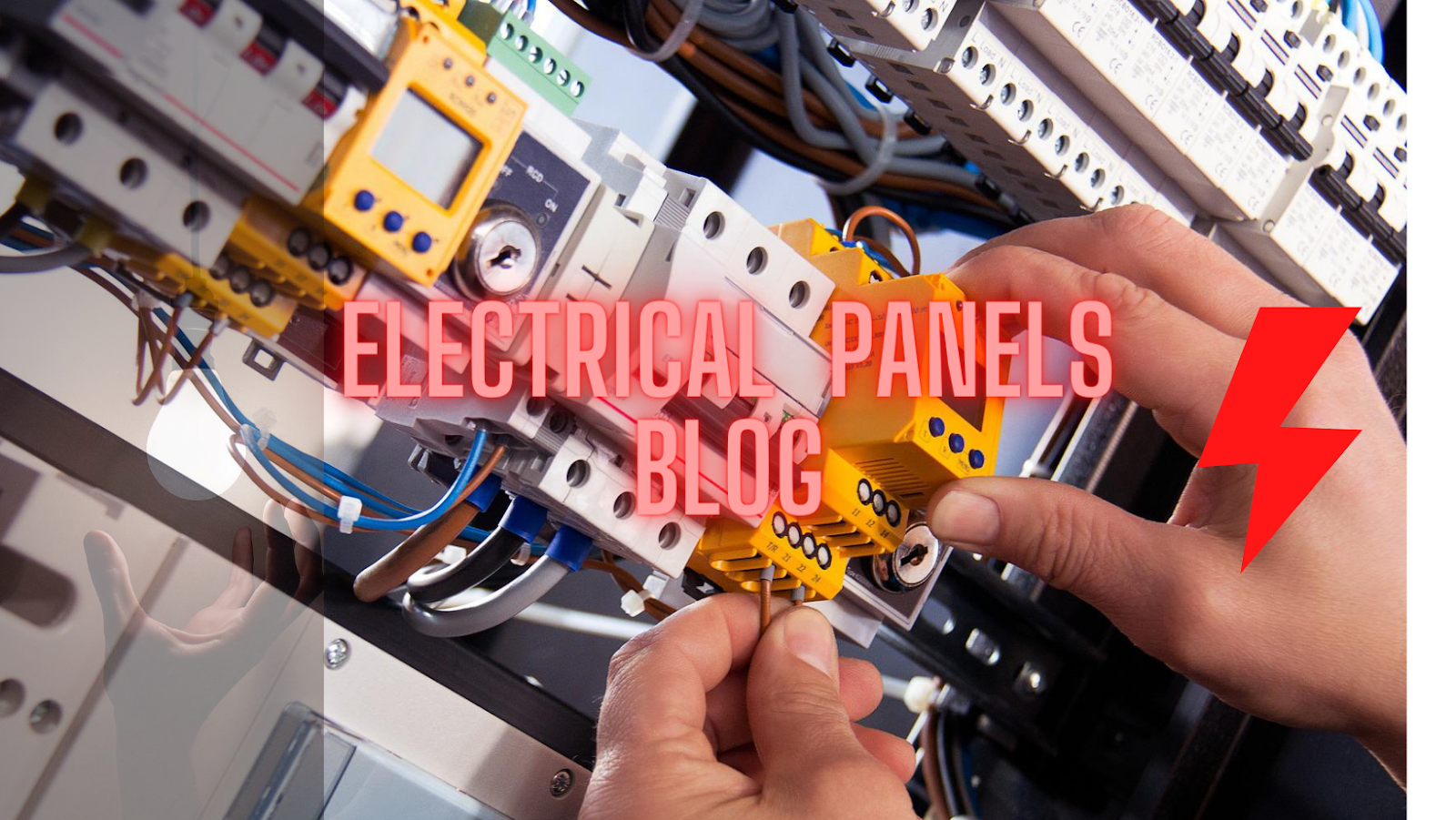International Organization for Standardization (ISO) has developed over 18500 standards and over 1100 new standards are published every year. The following is a partial list of the standards specific to welding: Standard Number Description ISO 2553 ...
Wednesday, February 19, 2014
Saturday, February 15, 2014
Regulations for the Installation of Electrical Wiring, Electrical Equipment and Air Conditioning Equipment (Qatar General Electricity & Water Corporation "KAHRAMAA")
Thursday, February 13, 2014
Electrical Testing of Low Voltage Switchgear, Panelboards & Switchboards (PEARL)
This "How To" electrical testing document is based on PEARL Reconditioning Standard Section 1300, Revision 5 Low Voltage Panelboards, Switchboards & Switchgear, and discusses relevant test equipment as well as suggested procedures and practices to ensure the quality, safety, and speed of your test-for-reconditioning practices. Introduction: The section of the PEARL Reconditioning...
Wednesday, February 12, 2014
Wednesday, February 5, 2014
IP69K
German standard DIN 40050-9 extends the IEC 60529 rating system described above with an IP69K rating for high-pressure, high-temperature wash-down applications. Such enclosures must not only be dust-tight (IP6X), but it must also able to withstand high-pressure and steam cleaning. The test specifies a spray nozzle that is fed with 80 °C water at 8–10 MPa (80–100 bar) and a flow rate...
Saturday, January 25, 2014
Subscribe to:
Posts (Atom)















